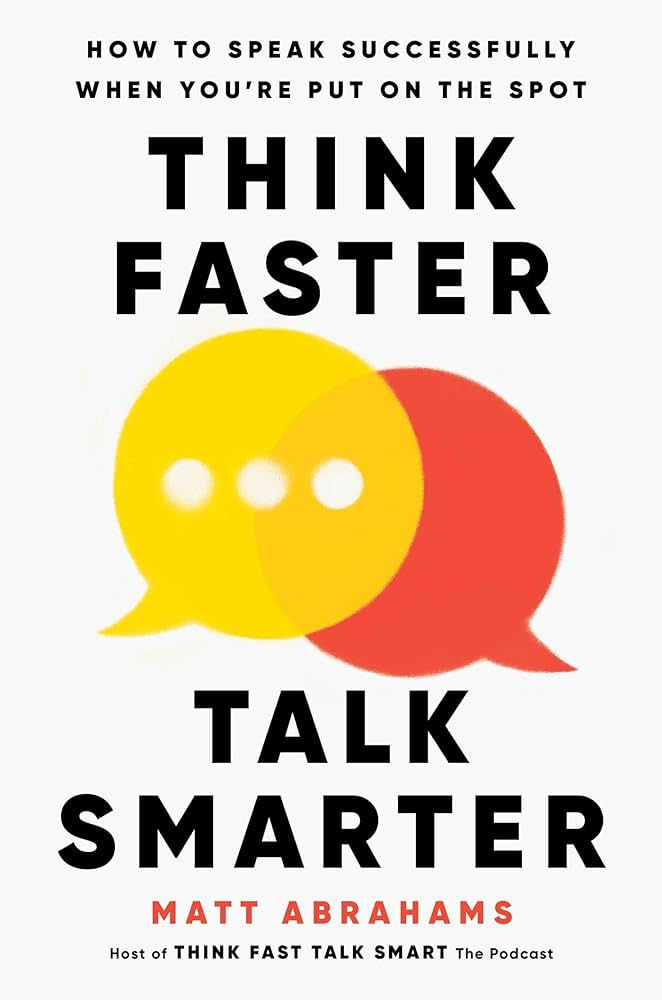Book Review - Real-time Leadership
- Lynda Wallace-Hulecki, Ed.D.
- May 25, 2023
- 3 min read
REAL-TIME LEADERSHIP: Find Your Winning Moves When the Stakes Are High. David Noble and Carol Kauffman. (2023, Kindle Edition)
As most leaders can attest, complex and unpredictable leadership challenges that require real-time solutions are becoming more the norm than the exception. The MOVE framework detailed in the book, Real-time Leadership, by world-class executive coaches, Noble and Kaufman, offers a “step-by-step playbook of MOVEs” that leaders should make in addressing high-stakes, high-risk situations---the ones that must be managed in real time as they unfold. According to the authors, Real-time Leadership is intended to be a “crash course” for leaders at any level who seek to become more adept in reading critical situations, in moving beyond one’s basic reflex response, and in responding in the best way possible.
In brief, the MOVE framework is an evidence-based approach to weathering stormy situations through the mastery of four basic principles:
M: Be Mindfully Alert
O: Generate Options
V: Validate Your Vantage Point
E: Engage and Effect Change
In Chapters 1 through 11, a detailed description of the MOVE framework is presented along with that of each of its four elements. In these chapters, the emphasis is on how to focus leadership efforts, find multiple ways to navigate the challenges, identify techniques to validate choices, and implement best practices to effect change.
In Chapters 12 and 13, Noble and Kauffman demonstrate specific ways to apply the MOVE framework in grabbing opportunities and avoiding pitfalls when taking on a high-pressure new job. Then, in Chapters 14 and 15, they examine how leaders can meet ongoing strategic challenges to create massive value while at the same time detecting and containing risks. In Chapter 16, the authors describe shortcuts that can be taken in some situations by doubling down strategically on one or two aspects of the MOVE framework to drive peak performance. Finally, in the Conclusion, they explore how to sustain and renew growth as a leader over the long term—which is a notable hallmark of all extraordinary leaders. Throughout these chapters, real-time coaching scenarios are presented to elucidate the value of the framework as a practical tool for leaders in sustaining peak performance in challenging times.
In reviewing the book, the following points made by Noble and Kauffman in their explanation of the value of the MOVE framework particularly resonated:
Operating in autopilot doesn’t work well in high-risk, high-stakes situations where much is unknown or rapidly changing. Being Mindfully Alert is about overcoming your instincts to create space to make conscious choices that lead to the best outcomes—that is, is it better to lean in (take action), lean back (observe then act), lean with (collaborate and take action), or don’t lean (take no action at this time).
Optimal performance requires not only willpower, but also “waypower.” A leader may have all the will in the world, but for complex leadership demands, a leader needs to be able to generate several different options to achieve desired goals.
Vantage Point excellence is when a leader can see the world from others’ points of view as well as from their own. Learning how our views can be distorted and how to overcome this distortion can be immensely valuable in a real-time leadership challenge. Having the right Vantage Point, and finding it quickly and accurately, is a competitive advantage.
The biggest challenge leaders face isn’t just understanding the practice of leadership, it’s also about practicing their understanding of leadership--- on how to effect change, and also on how to scale change to create an impact throughout the organization. Amplifying one’s impact as a leader involves sending leadership signals, which are formulated through a collaborative and iterative engagement process involving team members and other stakeholders. The best leaders start with articulating their “leader’s intent” and then identifying and focusing on sending the highest-quality signals related to decisions that are audience-specific and relevant, as well as by role modeling the desired culture that should be reinforced more broadly.
Real-time Leadership is a well-written book that is packed with valuable insights on addressing the challenges of stepping into a new leadership role as well as in surviving disruption, and more importantly, creating disruption—how to do it and how to use it to innovate and make a positive impact. The book is both timely and relevant, as it can aid even the most experienced leaders by expanding their range of options in navigating high stakes, high-risk leadership challenges. This is a highly recommended read…take the time to “Dive-in”!
Image source: Amazon






































Comments